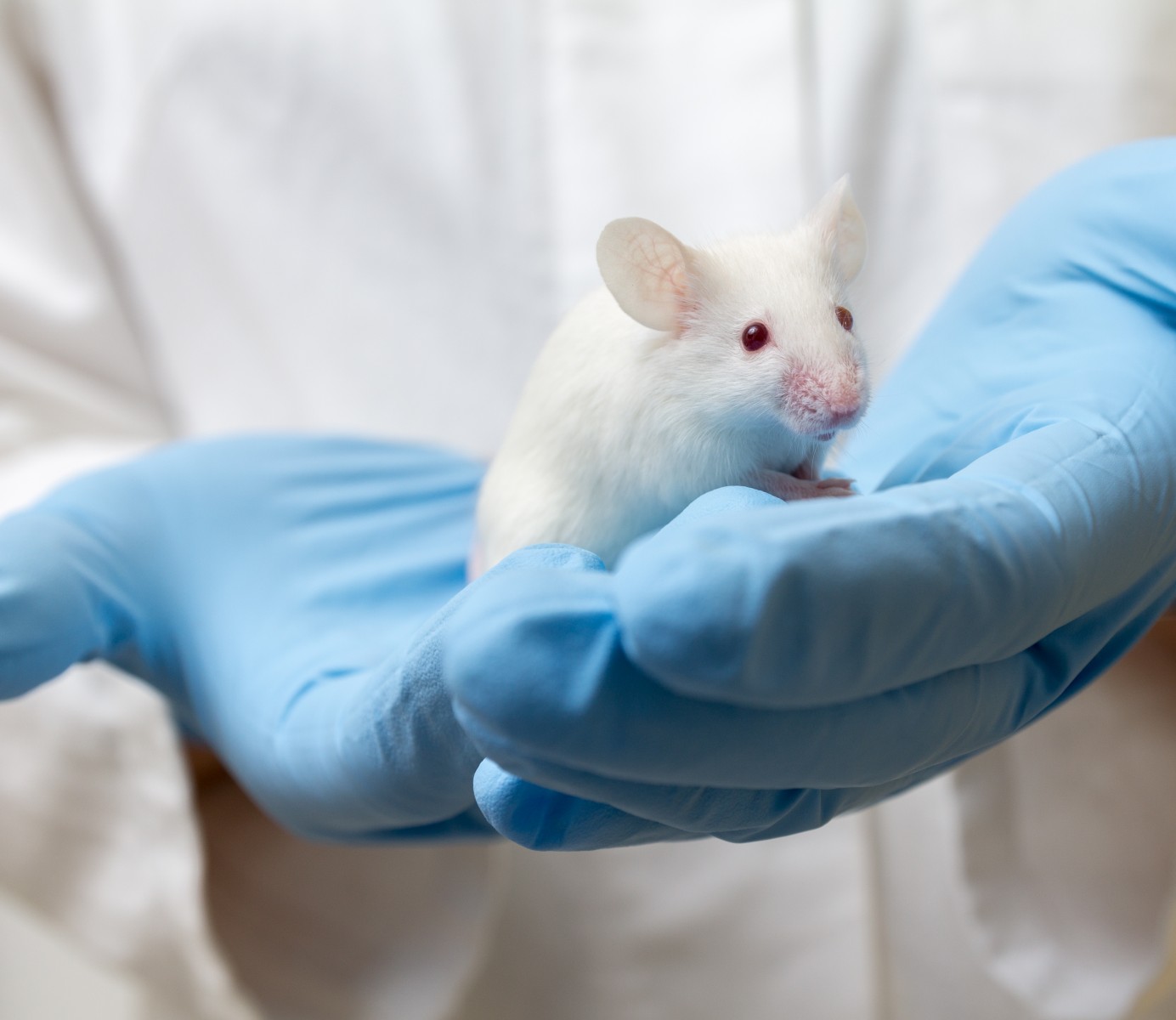Reduced Net-like Structures Around Nerve Cells May Cause Learning Deficits in FXS Patients, Mouse Study Suggests
Written by |

Reduced levels of perineuronal nets — net-like structures around nerve cells and involved in memory consolidation — in the brain’s fear-learning circuit may be associated with learning deficits and impaired fear responses in fragile X syndrome (FXS), according to a mouse study.
The findings suggest that therapeutic approaches designed to increase the density of perineuronal nets may normalize fear responses in patients with the disorder.
Also, while fear and anxiety are normally associated with each other, this study emphasizes that the underlying mechanisms of anxiety in fragile X patients might be distinct from other anxiety disorders.
The study, “Reduced perineuronal net expression in Fmr1 KO mice auditory cortex and amygdala is linked to impaired fear-associated memory,” was published in the journal Neurobiology of Learning and Memory.
People with FXS, the leading genetic cause of autism, may exhibit a variety of behavioral and developmental symptoms, such as impaired social skills, sensory processing, learning, and memory, and increased anxiety, and reduced fear responses.
The fear-learning brain circuitry is mainly composed of the amygdala (involved in memory, decision-making, and emotional responses), the hippocampus (which has a major role in learning and memory), and the sensory cortices, including the auditory cortex.
Previous studies have shown that people with FXS have a reduced activation of the amygdala in response to fearful stimuli, which is associated with reduced fear responses. However, the underlying mechanisms of this association remain unclear.
Increasing evidence points to parvalbumin nerve cells (neurons) and their surrounding perineuronal nets (PNNs) as key players in the formation and consolidation of fear memories.
Parvalbumin cells are a type of neuron that coordinates certain dynamics required to form neuronal circuits — which in this case reflect memories — and PNNs around them work as net-like structures that shape their activity and regulate the consolidation of those circuits.
A previous study in a mouse model of FXS has shown deficits in both parvalbumin cells and PNNs in the developing auditory cortex, suggesting that abnormal parvalbumin cells and PNN dynamics in the fear-learning circuit may lead to impaired fear responses.
To further clarify this hypothesis, researchers evaluated changes in parvalbumin cells and PNNs in this circuit in a mouse model of FXS.
The mice’s fear responses were evaluated after fear conditioning training, in which they learned to associate a neutral stimulus (a specific sound) to a harmful one (an electric shock), such that the sound by itself produces a fear response.
Compared with healthy mice, these mice had reduced fear responses to the sound, reflecting deficits in sound-shock associative learning. They also showed a reduced density of PNNs, but not of parvalbumin cells, in the amygdala and auditory cortex, and abnormal dynamics of PNNs after fear conditioning training.
“As PNNs are implicated in stabilizing neuronal circuits involved in memory consolidation, our data suggest that reduced number of cells containing PNNs observed in both auditory cortex and amygdala … may underlie impaired memory consolidation in [FXS] mice,” the researchers wrote.
These findings suggest that restoration of PNN density may be a promising therapeutic approach to improve behavioral responses in people with fragile X. The researchers hypothesized that blocking the matrix metalloproteinase-9 (MMP-9) enzyme — which is elevated in FXS and involved in the degradation of PNNs — may be one of those approaches.
The results emphasize that the mechanisms driving anxiety are distinct between people with FXS and those with anxiety disorders, who have increased activation of the amygdala, the researchers said.
While people with anxiety are thought to have an exaggerated response to a learned event or persistent memory, those with FXS may have “a reduced ability to properly associate a fearful stimulus,” the researchers wrote.
Further research is required to confirm this hypothesis, they added.





